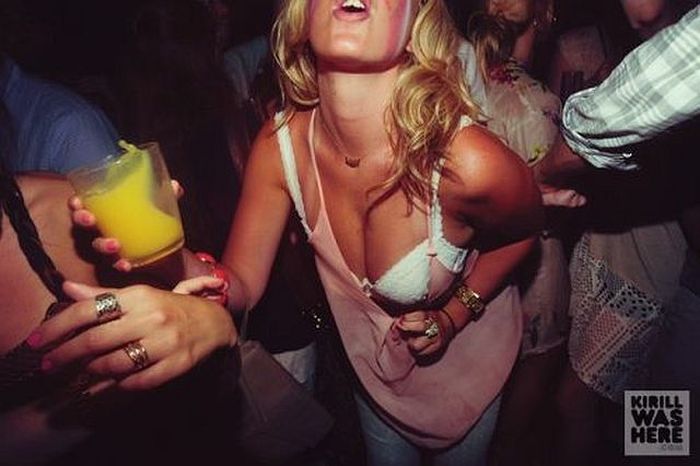|
|
Nightlife Party Girls
|
By the late 1970s many major US cities had thriving disco club scenes which were centered around discothèques, nightclubs, and private loft parties where DJs would play disco hits through powerful PA systems for the dancers. The DJs played "... a smooth mix of long single records to keep people 'dancing all night long'" Some of the most prestigious clubs had elaborate lighting systems that throbbed to the beat of the music.
Some cities had disco dance instructors or dance schools which taught people how to do popular disco dances such as "touch dancing", the "hustle" and the "cha-cha-cha". There were also disco fashions that discothèque-goers wore for nights out at their local disco, such as sheer, flowing Halston dresses for women and shiny polyester Qiana shirts for men. Disco clubs and "...hedonistic loft parties" had a club culture which had many Italian-American, African American, gay and Hispanic people.
In addition to the dance and fashion aspects of the disco club scene, there was also a thriving drug subculture, particularly for recreational drugs that would enhance the experience of dancing to the loud music and the flashing lights, such as cocaine (nicknamed "blow"), amyl nitrite "poppers" , and the "...other quintessential 1970s club drug Quaalude, which suspended motor coordination and turned one's arms and legs to Jell-O". The "massive quantities of drugs ingested in discothèques by newly liberated gay men produced the next cultural phenomenon of the disco era: rampant promiscuity and public sex. While the dance floor was the central arena of seduction, actual sex usually took place in the nether regions of the disco: bathroom stalls, exit stairwells, and so on. In other cases the disco became a kind of "main course" in a hedonist's menu for a night out."
Famous 1970s discothèques included "...cocaine-filled celeb hangouts such as Manhattan's "Studio 54", which was operated by Steve Rubell and Ian Schrager. Studio 54 was notorious for the hedonism that went on within; the balconies were known for sexual encounters, and drug use was rampant. Its dance floor was decorated with an image of the "Man in the Moon" that included an animated cocaine spoon. Other famous 1970s discothèques in New York City included "Xenon", "The Loft", the "Paradise Garage", and "Aux Puces", one of the first gay disco bars. In San Francisco, there was the Trocadero Transfer, the I-Beam, and the End Up.
|
|









